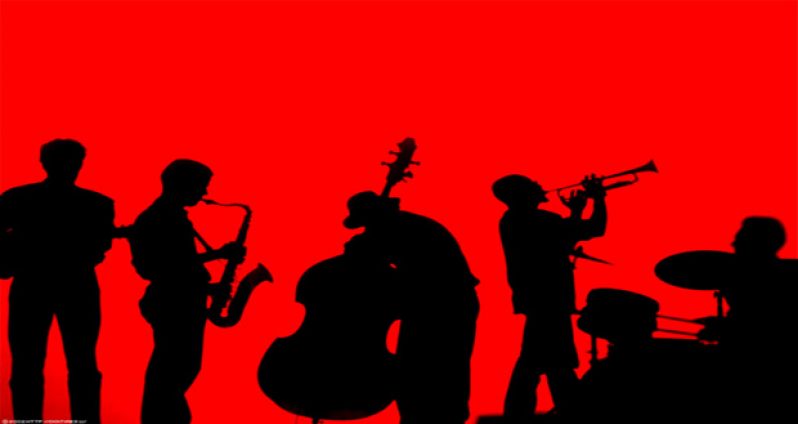LAST week we concluded with Joplin’s classic composition of his operatic piece, “Treemonisha”. It was an operatic piece depicting the African-American culture. After his death, the ragtime craze had faded and Joplin’s was a forgotten name. It was not until “Rudi Blesh & Harriet Janis” published their great work, “They all played Ragtime”, that Joplin’s extraordinary career was put in its true perspective.
Round about 1874, New Orleans, the home of Jazz, was a city in decline. The State of Louisiana was insolvent, unable to pay either principal or interest on a $53M debt.
As the city floundered, so did music. Its birth, however, hinged on a contagion of vices, more than the contingencies of culture and economics that spurred the rebirth of New Orleans Jazz music.
REBIRTH
This rebirth also claimed a new place in history as the birth-house of Jazz. It was known as “Storyville”, a red-light district in New Orleans that existed for 20 years. During this period, the “Creoles of Colour”, or the “Black Creoles”, did not associate with the rest of the Black community. It was not until a decree by the Louisiana Legislature Code 1894 proclaiming, “Anyone of African ancestry is a Negro” that the creoles were slowly and surely pushed to assimilate with the rest of the Black society.
This forced association took place in all social areas of life, including the sub-culture of New Orleans’ new music: Jazz. The coming together of the Creoles and the Black musicians created a new fusion. The Creoles were better trained musicians; they read music and were steeped in the Classics. But the days of accompanying music for dances like the quadrille, polka, mazurkas, and two-step were long gone. Polished Creole ensembles found themselves having to compete with the “more boisterous Black bands that were pursuing a hotter style,” wrote Ted Gioia in the History of Jazz.
BUDDY BOLDEN
Out of that formation stepped Buddy Bolden, another African-American, more familiarly known as “The Elusive Father of Jazz”. Born in 1872 in Louisiana, Bolden, like Scott Joplin, was exposed to music from a very young age. He played the cornet at various social events, as well as school and church festivities.
Playing the cornet helped him gain some notoriety with some of the Creole bands. However, the music that Bolden was playing was ragged and raucous, and stood in stark contrast to the more traditional music of the waltzes and the Creole marches of New Orleans. Of course, some Creole musicians and the general Creole masses dismissed the music. Its boldness, however, appealed to the local Black audiences.
This mass appeal drove Bolden to greater musical heights. He pushed the envelope as few of his contemporaries dared. Kid Ory, the most famous of the New Orleans trombonist, saw Bolden drawing inspiration from the Church. “Bolden got most of his tunes from the Holy Roller Church, the Baptist church on Jackson Avenue and Franklin,” said Ory. ” I know that he used to go to that church, but not for religion; he went there to get ideas on music.”
THE DEVIL’S MUSIC
Chastised by some critics very early as the devil’s music, Jazz has a healthy pattern of turning up in Church. Paul Barbarian, one of New Orleans’ finest drummers in the day, said, “The Baptist rhythms were similar to Jazz rhythms; they were singing rhythms more so than a Jazz band.”
Buddy Bolden’s unique style of playing made quite an impression on several younger musicians the likes of Bunk Johnson, King Oliver and even Louis Armstrong, the greatest of all New Orleans trumpeters.
By 1906, Bolden’s playing had declined, and it was all downhill from then on: Erratic behaviour from excessive drinking, incarceration in an asylum, followed by a prolonged illness.
In 1931, at the age of 54, Buddy Bolden passed away. The irony of it all was that Bolden’s music was not recorded until 20 years after his death. This was done by the Original Dixie Land Jazz Band (ODLJB). This group consisted of White musicians who were the first to make commercial recordings of this distinctly African-American music.
Until next week.


.jpg)











